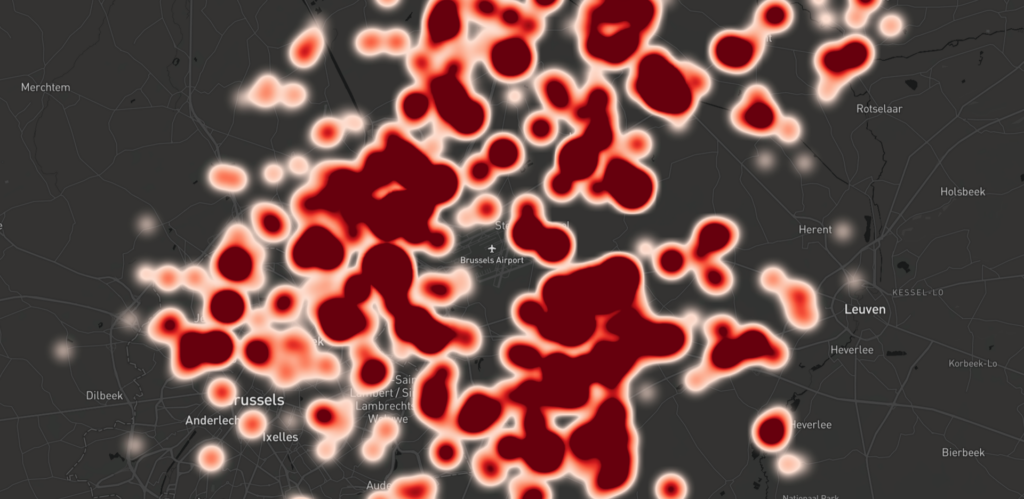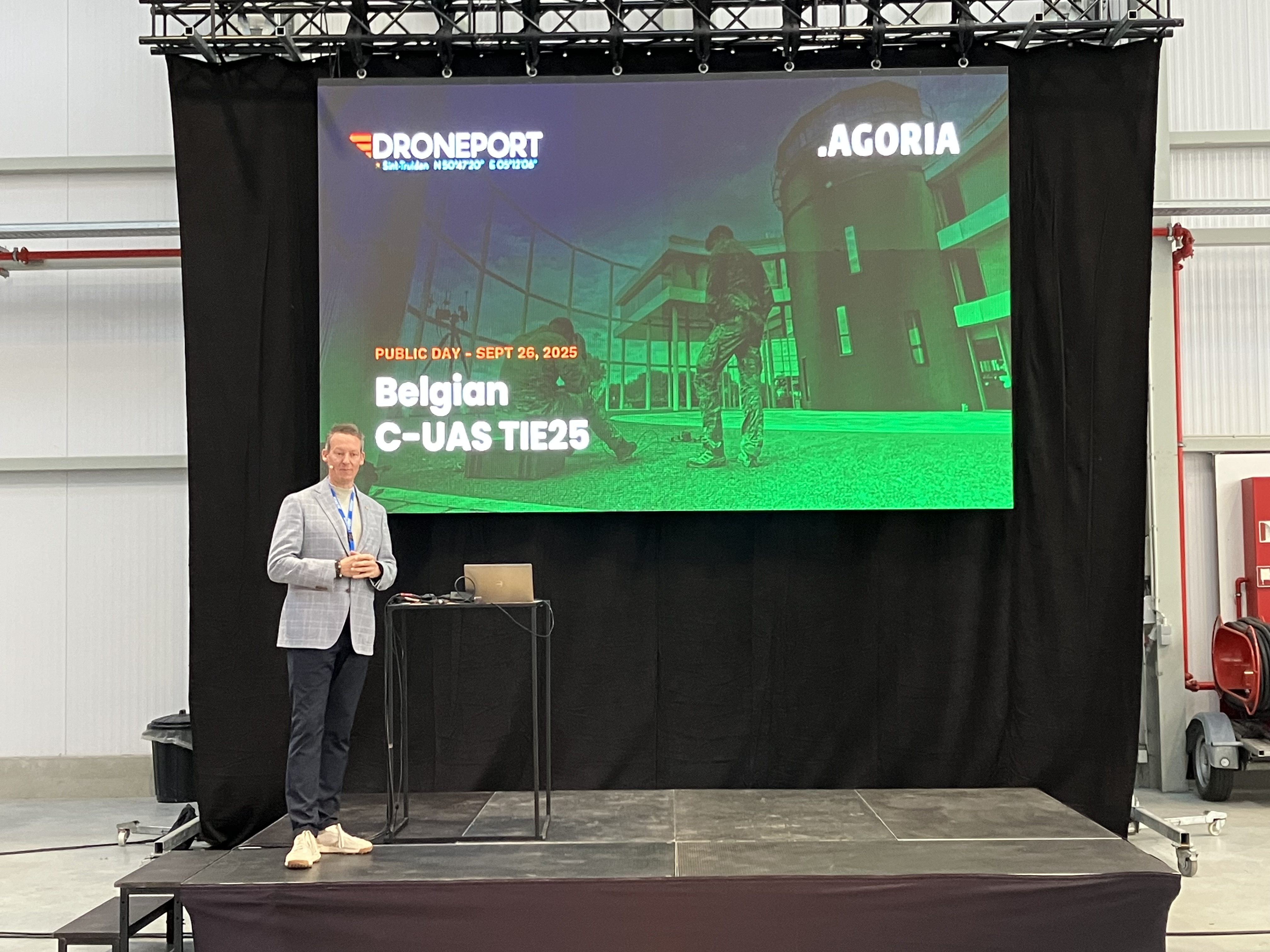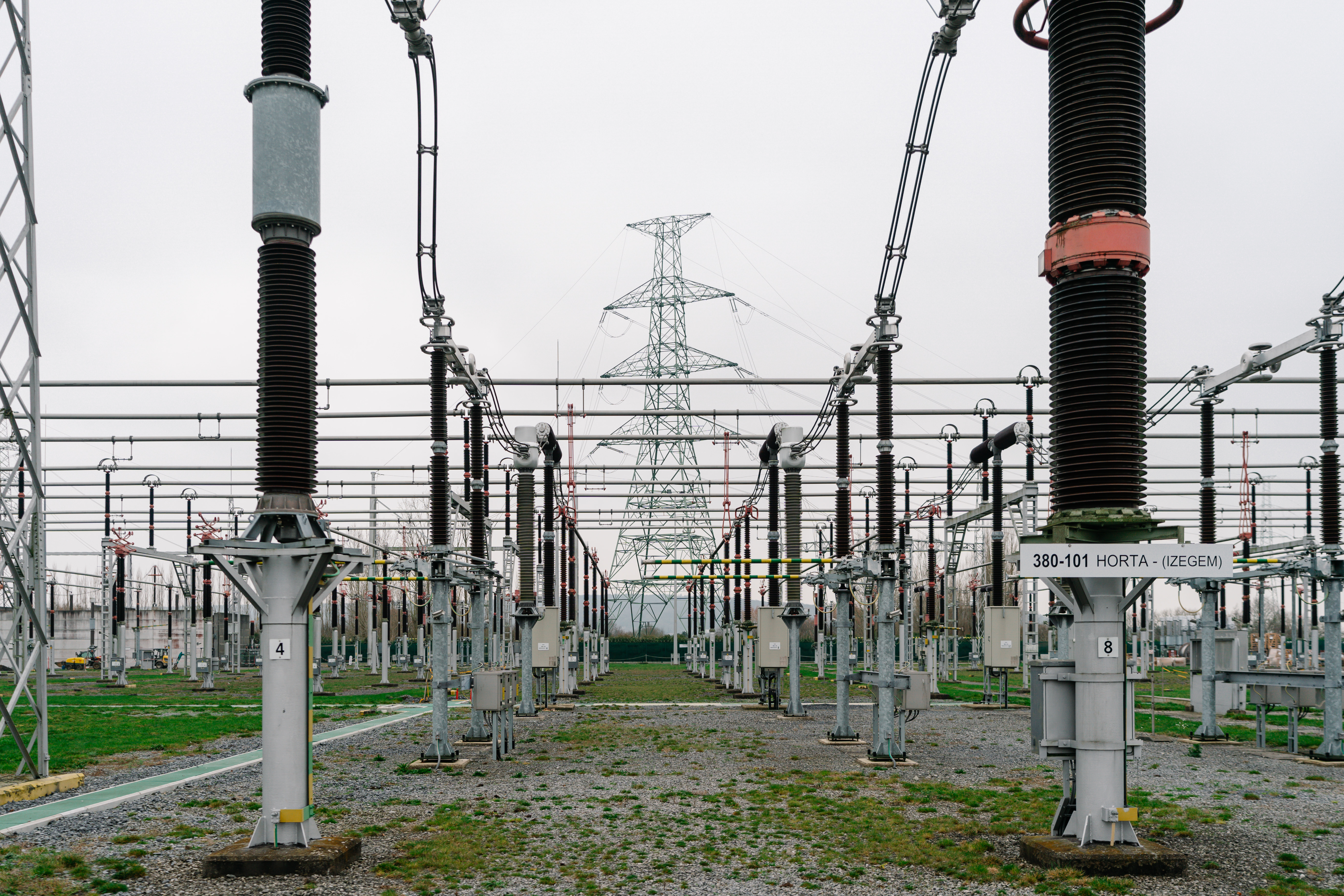Many stakeholders including Civil Aviation Authorities (CAAs) and drone operators often ask us the question why we really need U-space, and why we already need it now. According to a survey that was conducted by EASA in January 2024, at least one third of the EU member states is not adequately considering U-space implementation, 15 months after the EU U-space regulation became applicable. This was confirmed to us by the many Air Navigation Service Providers (ANSPs) and CAAs we spoke at the latest edition of the Airspace World conference. The complexity of this new legislative framework and a lack of internal resources often play a role. By the way, several national CAAs are still in the process of implementing the 2019 (!) EU drone regulations and are trying to get rid of a backlog of operational authorisation requests. Other member states have reservations about the timing of U-space implementation. They question why we already need U-space in 2024. So, what’s the urgency?
Within the Belgian emerging drone eco-system we are well positioned to answer this particular question and explain the “why now” of U-space. Our more than 5 years of experience with implementing geo-zones, operating UTM systems (digital drone flight authorisation systems) and more recently also drone detection networks in several of those geo-zones have resulted in facts and figures that cannot and should not be ignored.
The exponential rise in drone flights
First of all, we have found that the number of drone flights has increased exponentially in recent years. You wouldn’t expect it if you stare at the sky on a typical weekday, but it’s true. The picture below shows a heatmap of the number of drone flights detected with our Drone Detection solution near Brussels Airport over a period of only 2 weeks.

It is difficult to ascertain the exact number of drone flights in the entire lower Belgian airspace, but a conservative extrapolation based on flight authorisations issued in skeyes’ geo-zones and the number of detected drones around one public airport results in a number of more than 100.000 flights on an annual basis. In comparison, skeyes manages around 400.000 crewed flights on an annual basis in the lower controlled airspace around the five public airports. Merely a factor 4 difference! This order of magnitude should – in our opinion – more than justify the urgent need for U-space and the emergence of certified service providers taking care of the safety of drone traffic. Additionally, the operational coordination with the relevant Air Traffic Service units, contributing to the safety of crewed traffic operating in the controlled lower airspace, is key.
The cumbersome authorisation process
At the same time, we note that the promising drone service industry faces difficulties growing outside of the Open Category of operations. More than 98% of all drone flights today takes place in this low risk category. The promising potential of operations (and related business cases) in the Specific Category remains unrealised. The main reason being that both drone operators and CAAs are struggling because the SORA-based operational authorisation process is labor-intensive and lacks standardised building blocks. Operators are struggling to get their SORAs right while CAAs are having issues to process those SORAs and deliver operational authorisations in a timely manner. And here too, U-space will offer a solution… in the form of a certified safety framework, a structural and standardized air risk reduction framework that will allow to significantly shorten the lead times for requesting and obtaining operational authorisations.
Collaboration is key
Having said that, you won’t hear us say that the U-space implementation path will be an easy one, neither for candidate U-space service providers who are very often start-up/scale-up companies, nor for ANSPs. These are in many cases as Air Traffic Service Providers confronted with a significant change in ‘their’ airspace while at the same time they aspire the role of Common Information Service Provider. It also won’t be a walk in the park for national administrations who are responsible for the implementation of U-space airspace and the certification of service providers.
According to the survey that was conducted by EASA, the improper allocation of roles and responsibilities among the U-space actors is a recurring issue that prevents member states to comply with the U-space regulatory framework.
Nevertheless, the complexity should not prevent us from initiating the implementation process. The benefits that U-space will bring in terms of safety and scalability will by far outweigh the implementation costs in the long run. What we need at this stage is effective collaboration across borders. Only then we will be able to roll out U-space throughout Europe in a defragmented and harmonised way.
Learn more about SkeyDrone’s U-space services here.




